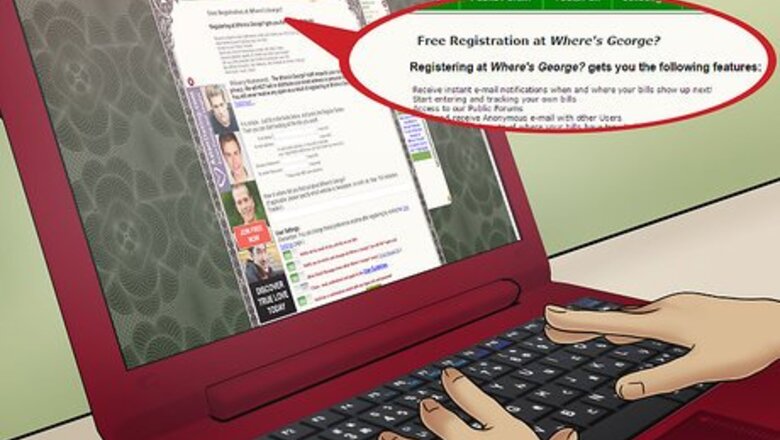
views
Recording the Identifying Information
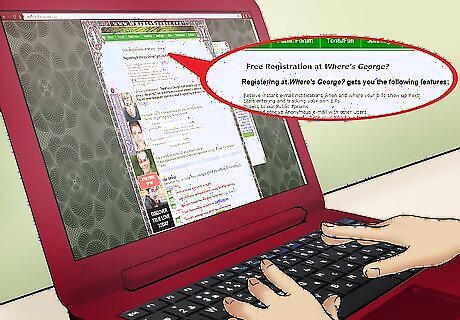
Visit a website that tracks your currency. There are different websites for different currencies, so look for one that uses Dollars, Euros, or whatever currency you use. These websites rely on people across the world helping to track paper money. They provide a place for people to fill in the details of the bills they have and where they got them. As bills get re-used, they are tracked and their locations uploaded to the website. On some websites you can register to receive email notifications, online reports, and a user profile. You will have to provide some basic information about your location to help people track the cash. In the US, try Where's George? or TrackDollar; use Where's Willy? for Canadian currency; The Money Tracker in Australia; and EuroBillTracker.com for euros.

Enter the bill’s serial number. Once you have found the correct website for your currency, you can click on Enter a Bill, or whatever similar wording is used, and type in the serial number of any bill you have. For US Dollars, the serial numbers are the green numbers on the left half of the bill as you look at it.
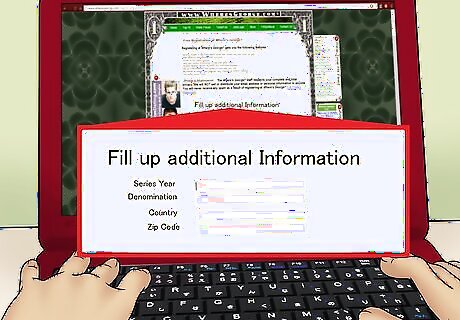
Add further information. The serial number is the most important part, but there is additional information on your bill that you can put into the website. Type in the series year, the denomination, the country, and the zip code. On US Dollars, the series is low on the centre-right of the bill. Once you have added the bill to the website, the information will be stored online.
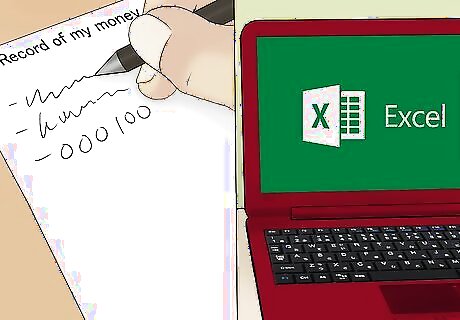
Record the details of bills you want to track. When you have uploaded the information from the bills you have to the website, you should make sure that you have a personal record of it. Unless you are registered with a website that stores the information for you, you should write down serial numbers of bills you have uploaded. You will need this information to track the money. Consider making a spreadsheet or document on your computer so you can update it easily.
Tracking Bills
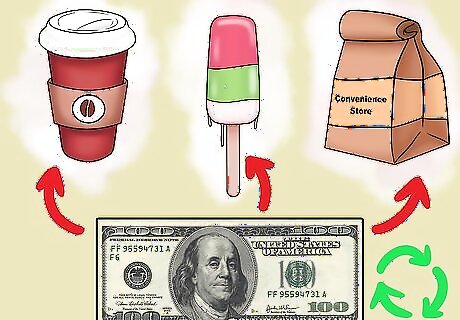
Spend the bill. To get your bill back in circulation, you have to spend it. It can be a good idea to spend it at a place that uses cash frequently, rather than relying on card payments. Choose a smaller business where people spend smaller amounts and are more likely to get change. A coffee shop, an ice cream store, and convenience stores are all good options. The busier the place, the better. You might find that you get more tracking results if you mark the bill before you spend it. You can write the money tracking web page address on it with a waterproof ink pen or a stamp, but be sure you do not deface the bill. It is illegal to deface a bill in such a way that it renders it unfit to re-issued.
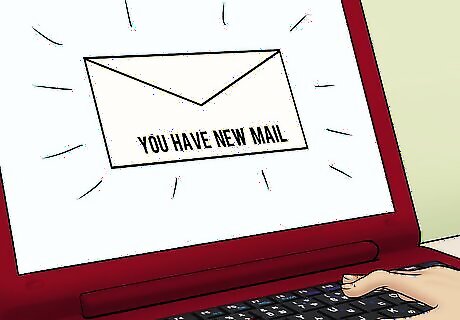
Check back online. Once the bill is back in circulation, periodically check the website to see if you get any hits. If you have signed up with the website, you might get an email alert to save you from checking all the time. Remember, the more bills you upload to the website, the better chance you have of getting a hit.
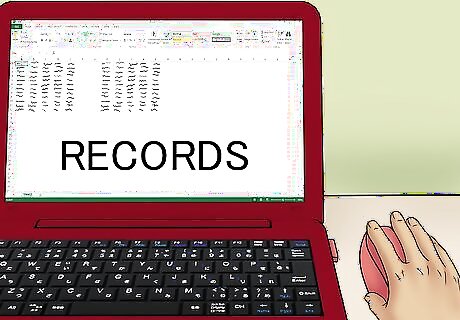
Keep a personal record. Once you have a number of bills in circulation, you can keep your own personal record of their movements. Try using a spreadsheet to keep track of the different places that you bill appears. You can even mark the places that the bill is tracked onto a map. Doing this will give you a visual indicator of how your bill has travelled across the country, or even internationally. If you are registered with a money tracking website, an online record might be kept automatically.

Get more people involved. Tell your friends and family about the website you are using and encourage them to get involved in tracking money. The more people who use these websites, the more bills will be tracked, and the better chance you have of seeing how the bills circulate around.



















Comments
0 comment